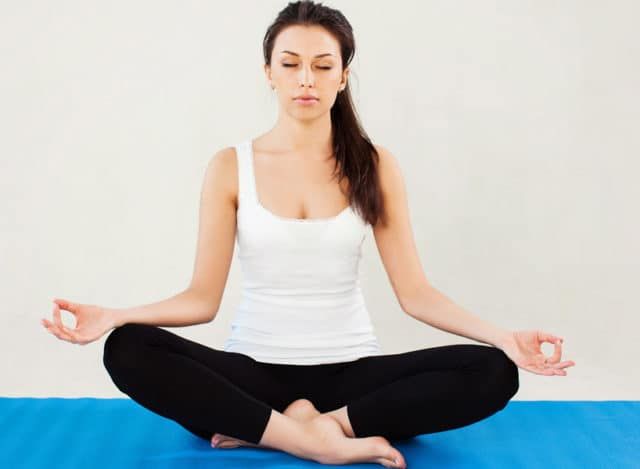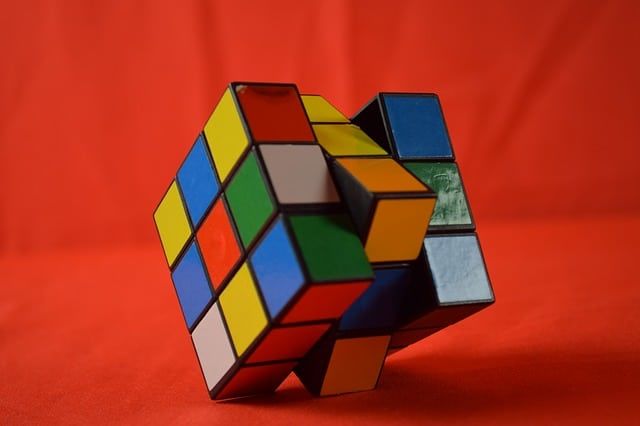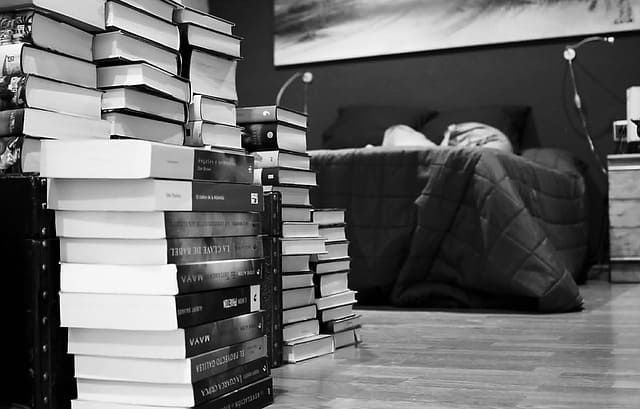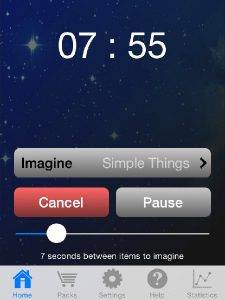We all know that horrible feeling of laying in bed completely exhausted and desperate to sleep, yet unable to drift off into dreamland. Insomniacs of the world share this pain. It can be frustrating and infuriating. The moment of the day that should be our most peaceful and relaxed can all too easily turn into a living nightmare as we count down all the minutes and hours of potential sleep time going to waste.
Thankfully, you don’t need to suffer through that pain any longer. You should be able to expect full and satisfying sleep every night. All you need to do is find the right technique to ease your body and mind out of the waking world and into sleepy time. More often than not, what keeps us all from silently drifting off into slumber are our racing thoughts, anxieties, and an inability to relax. Fortunately there are a variety of meditative and soothing activities that we can perform before bed to ensure a gentle passage into dreamland.
Doesn’t that sound nice? Then keep your eyeballs glued to this screen and scroll down to learn some of the most effective techniques that the Sleep Judge team use to relax ourselves before bed. Try out these simple activities and prepare for the finest sleep of your adult life. You won’t just sleep like a baby, you’ll sleep so well that even babies will be jealous.
#1. Stretching
When meditating seemed challenging and foreign to me, stretching bridged that gap. A pre-bed stretch is not the same as stretching before exercise, or after a long day at work sitting down at a desk.
When stretching before bed you want to take your time. Focus on making the movements and stretches very deliberate and concentrate on how your body feels while doing them. This is a form of focused meditation which can be both physically and mentally relaxing. Go through stretching your entire body from your feet and ankles, your core and back, hands and shoulders, and your neck. You should feel any stress being released from your body and once you’re finished stretching hop into bed and keep your mind clear.
You may want to check out: Stretches for the Best Night’s Sleep
#2. Meditating
What I described in for stretching accomplished a meditative state by using the stretching and physical focus to enter you into that state. Meditating on its own can be more challenging but is very easy to accomplish with a bit of practice.
To enter a meditative state I like to picture a blank piece of paper. Every time a thought pops into my head I write it out on the blank sheet in my mind, and then erase it. Keep that sheet clear and accept and erase every thought that pops into your mind. This is a simple and actionable way to process all the thoughts/worries in your head and clear your mind – try it!
#3. Puzzling
Getting back to another meditative state inducing method I present to you: puzzles and games! My favorite bedtime puzzle is the 3×3 speed cube or Rubik’s cube. My entire focus is placed into solving this small and addicting puzzle. I forget about my worries, I forget about anything that might keep me up at night, and I put all of my focus into the puzzle.
You’re not able to think of anything else while solving the puzzle and after a few solves you’ll have worn out your mind and be ready for sleep.
#4. Reading
Reading a book accomplishes similar things to solving puzzles. Thinking and imagining another life or storyline allows your own thoughts to be lost while you relax and delve into another world. I find that fictional stories, the more wildly set the better to allow for escape from the current world helps me fall asleep the best.
Try reading a book in your favorite genre before bed and note the effects, it’s an alternative to staring at a screen before bed and gets you in a dreamy mode already.
#5. Writing
Similar to the meditation inducing method I talked about where you write your thoughts and clear them – writing accomplishes a very similar form of therapy. Writing your dreams, thoughts, goals, and problems gets them on paper and can quantify them, make them feel more manageable, and also gives you a reference point for the next day.
I find writing out my thoughts and feelings before bed allows me to accept everything that can and has happened and clears my mind wonderfully.
Using any of these exercises before bed can not only allow you to fall asleep quicker as you’ll be more relaxed but they can also improve the quality of your sleep.
#6. Bonus: Try mySleepButton
If you’re looking for an app to help you fall asleep, you might be confused by the huge number of apps to choose from. They range from free to $300/year! Most are very simple, but some are quite complex and demanding. The overwhelming majority are created by developers who have never taken a course in sleep, let alone done any scientific research on the subject.
But then there is mySleepButton®, a very simple app designed to help you fall asleep. This invention is based on Dr. Luc Beaudoin’s research in Cognitive Science at Simon Fraser University in Canada. All you need to do is press the “Put Me to Sleep” button and imagine each one of the dreamy scenes it plays you. For example, it might say “Mountain”, then you’d imagine a mountain. And then perhaps “Mars”, and you’d imagine the planet Mars. And then “Piano”, so you’d imagine a piano.
This is called “the cognitive shuffle”, because it shuffles your thoughts.
This mental activity keeps your mind off the concerns that might otherwise keep you awake at night. You won’t be able to worry about your job, your bills, your kids or relationship problems while you are visualizing these calming images. If your mind does wander to a concern, it will gently be redirected to the new scene, like “walking along a river”.
But there is more to it than that. Sleep researchers have found that when people fall asleep, they naturally tend to have little micro dreams. People also tend to process many memories as they are fall asleep. The cognitive shuffle imitates these natural mental processes, which tricks your brain into thinking that it is time to go to sleep. After all, when else does your mind wander so much than when you are falling asleep? This basically acts as a mental cue to fall asleep. (So, don’t try this while you’re driving!)
In Conclusion
In combination with these methods I always recommend:
- Having a dark room – blackout blinds are best for sleep hygiene
- Have silence or a consistent noise (i.e. noise maker)
- If you don’t have the above, use earplugs
- No screens 30 minutes to 1 hour before bed
- Try sleeping at the same time each night
- Create a bedtime routine to signal to your body
Sleep well!





